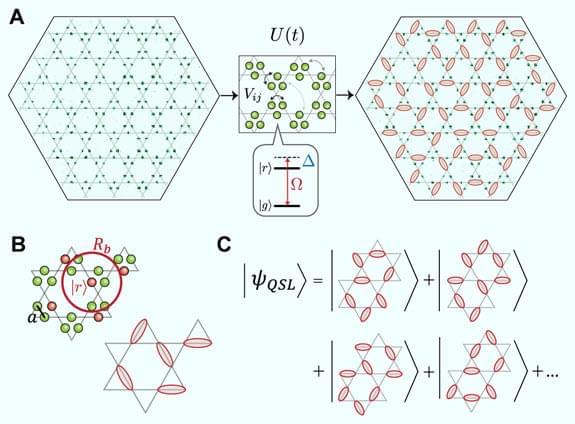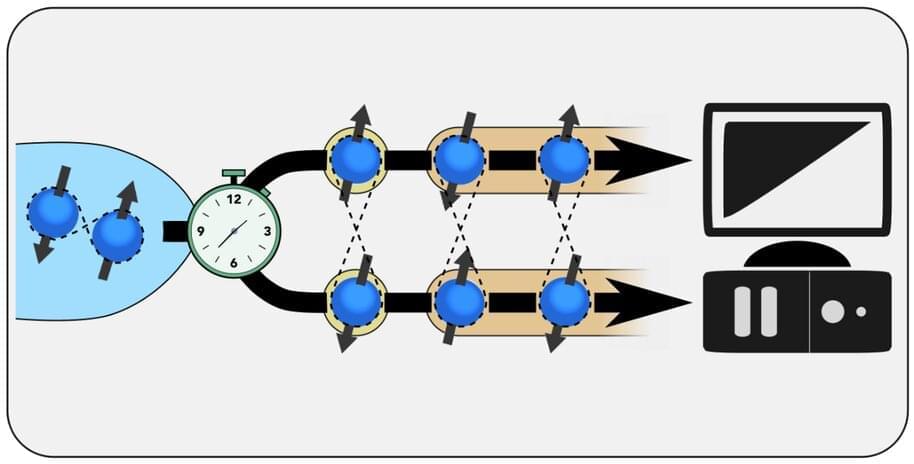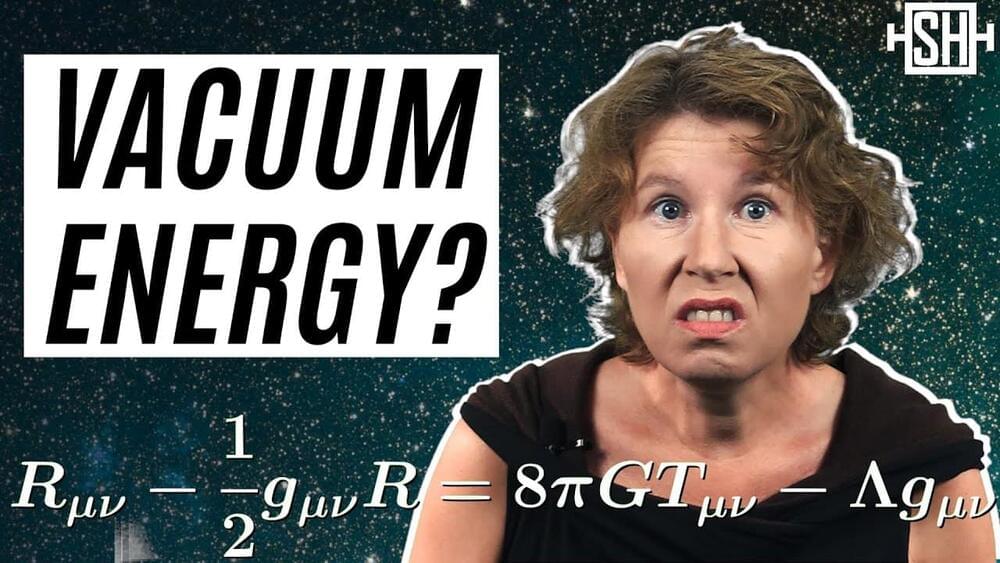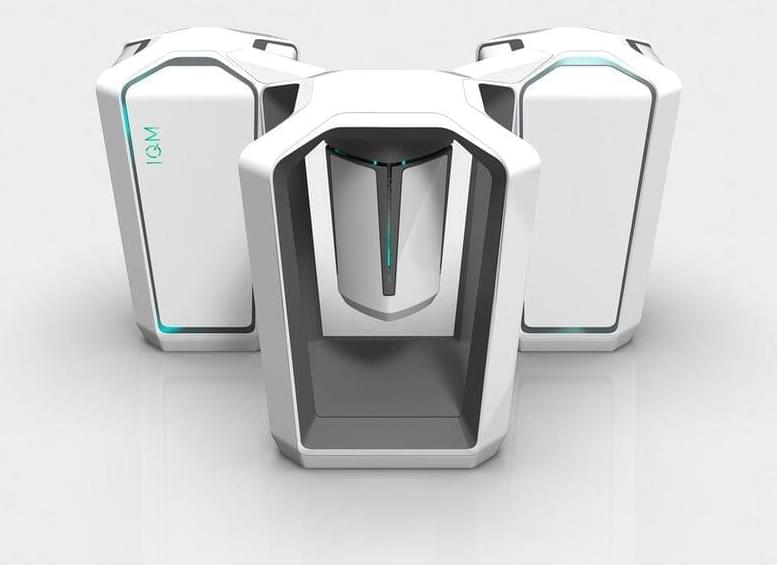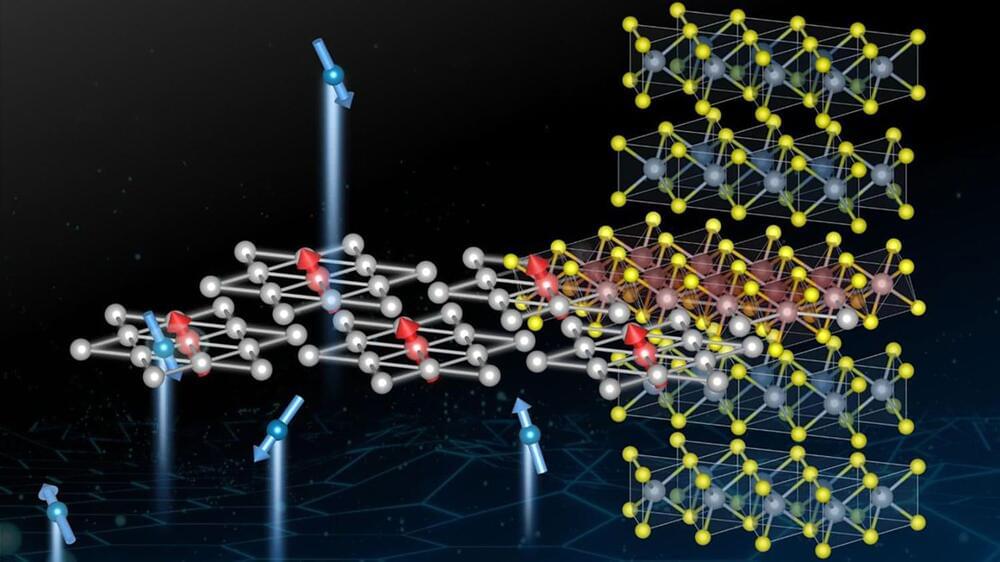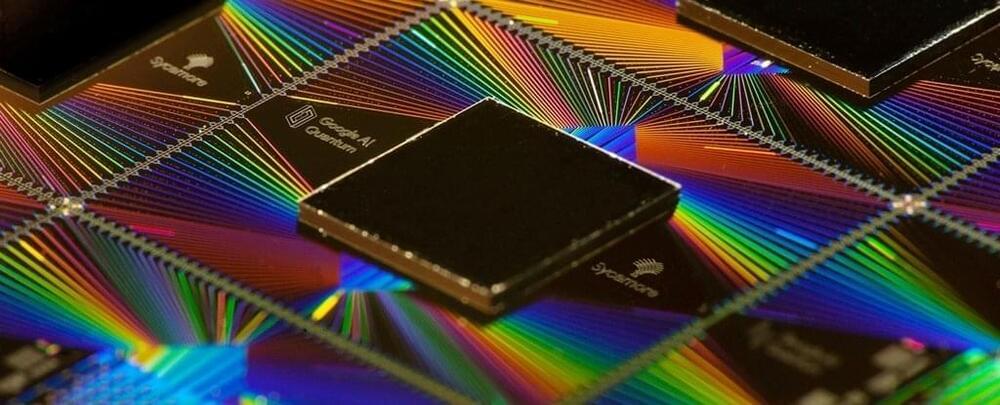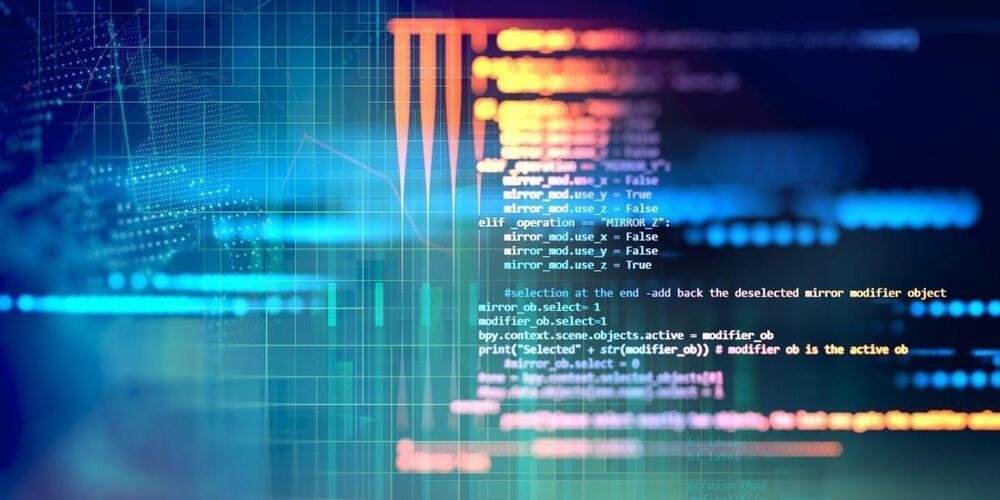Because leviathan black holes would never fit in a lab, Jeff Steinhauer and his research team created a mini one right here on Earth.
When something rips physics apart, you cross over into the quantum realm, a place inhabited by black holes, wormholes and other things that have been the stars of multiple sci-fi movies. What lives in the quantum realm either hasn’t been proven to exist (yet) or behaves strangely if it does exist.
Black holes often venture into that realm. With these collapsed stars — at least most of them are — being impossible to fly a spacecraft into (unless you never want to see it again), one physicist decided that the best way to get up close to them was under a literal microscope. Jeff Steinhauer wanted to know whether black holes radiate particles like the late Stephen Hawking theorized they would. Because one of these leviathans would never fit in a lab, he and his research team created one right here on Earth.
“We have to understand how we see the Hawking radiation sound waves falling in and coming out,” Steinhauer, who co-authored a study recently published in Nature Physics, told SYFY WIRE. “They should be very slight. Seeing this radiation from a real black hole is too weak and would be totally overpowered by other sources of radiation, which is why we want to see it in an analog system.”
